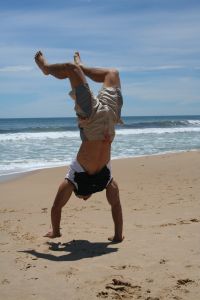206.624.8844
Why you need to check your Facebook privacy settings today.
As a personal injury law firm, we have growing concern that many people do not realize that their privacy settings are not properly set in Facebook and that anyone can see their posts, comments, and private photographs. In our experience, most of the people that claim that only their “friends” can see their Facebook page are incorrect. Do you think it’s a good idea to give everyone on the web unfettered access to every photograph posted of you on Facebook? Do you want open access to every photograph of your children or your spouse?
In the context of personal injury litigation or insurance claims, defense lawyers and insurance adjusters regularly snoop Facebook for information about a claimant. They are looking for information that they will try to use against you in your claim or other information that will lead to additional questions in your deposition. They may spend hours going over every photograph or comment. If your privacy settings are not properly set, you may be unwillingly exposing your entire life to everyone on the web, including lawyers and claims adjusters that are bent on trying to discredit you in litigation. You may also be unknowingly exposing yourself and your family to increased risk of identity theft or other crimes from criminals around the world with web access. Don’t open yourself up to these problems.
Even if you think your account is secure, it’s important that you check it today. We recommend that you log out of Facebook and do a search for your name. If you can see your entire Facebook page even when you are logged out of Facebook, so can everyone else on the web. Change your settings so that only “friends” can see your page. In this day of internet snoops, prowling defense lawyers looking for information about you, and cyber criminals, it’s important that you protect yourself today.
 Seattle Maritime Injury Lawyer Blog
Seattle Maritime Injury Lawyer Blog





